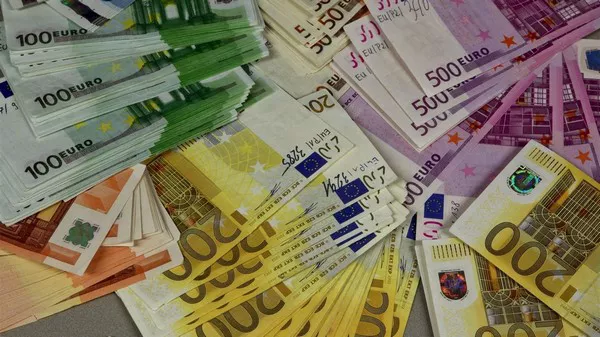Pricing, because of the determination of different standards, so there are several different pricing methods.
Commonly used methods of pricing include,, and.
The direct price method, also known as the price payable method, is based on a certain unit (1, 100, 1000, 10000) of foreign countries as the standard to calculate how many units of domestic currency should be paid.
Price explanation is equivalent to calculating the amount of local currency that BUYS A certain unit foreign currency TO deal with, CALL price METHOD to deal with so.
Most countries in the world, including China, currently use the direct pricing method.
In the market,,, and so on are the direct price method, for example, yen 119.05 is 119.05 yen.
Under the direct pricing method, if a certain unit of foreign currency is converted into more domestic currency than in the previous period, it means that the value of the foreign currency has risen or the value of the domestic currency has fallen, which is called the rise of the foreign exchange rate.
On the contrary, if you want to use less domestic currency than the original can be converted into the same amount of foreign currency, this means that the value of the foreign currency has fallen or the value of the domestic currency has risen, which is called the decline of the foreign exchange rate, that is, the value of the foreign currency is proportional to the rise and fall of the exchange rate.
Indirect pricing method is also called receivable pricing method.
It is based on a certain unit (e.g., 1 unit) of the domestic currency as the standard, to calculate the receivable of a number of units of foreign currency.
In the world,,, and are indirect pricing method.
A euro of 0.9705 is worth $0.9705.
In the indirect pricing method, the amount of the domestic currency remains constant, and the amount of the foreign currency varies with the relative change in the value of the domestic currency.
If a certain amount of local currency to exchange foreign currency amount less than the previous, this suggests that the rise in foreign currency, their currencies down, namely, foreign currency exchange rates to rise (should be “down”, or is the concept of “dislocation” or “strangeness”, the “foreign exchange” refers to “foreign currency” is refers to the value of domestic/foreign falling);
On the contrary, if a certain amount of domestic currency can be converted into more foreign currency than in the previous period, it means that the value of foreign currency has declined and the value of domestic currency has risen, that is, the exchange rate has fallen (risen), that is, the value of foreign currency is inversely proportional to the rise and fall of the exchange rate.
Global stocks rose, the dollar fell to a three-game low in a week and a half, and a rebound in gold prices was dented by Powell’s comments.
Please pay attention to the specific operation, the market is changing rapidly, investment needs to be cautious, the operation strategy is for reference only.


























